
 |
|
|
Fruits
Volume 63 Number 6 Date 06/07/2018 CODLING MOTH - Most southern Wisconsin apple orchards have accumulated 250 or more degree days (modified base 50°F) since the spring biofix (May 20-26), and treatments targeting first-generation larvae have begun. Early larvicide applications made at the traditional 250 degree-day point coincide with 3% hatch and are appropriate for orchards that recorded high trap captures of 10 moths or more in the first week after biofix. According to John Aue of Threshold IPM Services, the very large counts of 30-70 moths recorded at some cooperating sites in the last two weeks suggests that emergence has been compressed by high temperatures, and that the flight period may be somewhat shorter than usual. REDBANDED LEAFROLLER - Moth counts were low again this week, ranging from 0-36 per trap at all orchards. The weekly average was 9 per trap. The low number of RBLR moths appearing in traps since late May suggests that populations are still primarily in the late larval stages. The second flight is likely to begin within the next two weeks. SAN JOSE SCALE - Emergence of scale nymphs or "crawlers" is anticipated next week in southern orchard locations. Sampling by taping scaffold branches in blocks with a history of damage is advised to determine the relative abundance of scales, the start and end of the hatching period, and if treatments are successful. The tape should be put out earlier than usual and changed every 7-10 days during the period of crawler activity. OBLIQUEBANDED LEAFROLLER - The first flight of moths has increased and is expected to continue through late June. Apple growers who have experienced OBLR problems in recent years should consider setting additional traps to determine specific blocks or varieties in which to concentrate sampling and control. Monitoring terminals over the next 2-3 weeks for the newly-hatched second-brood larvae will also indicate the potential for problems later this season. PLUM CURCULIO - Continued scouting is recommended for another week. If late immigration is suspected, a perimeter spray application may be beneficial. Distinguishing between new and old injury and determining the extent to which PC has migrated into the orchard interior is especially important if only perimeter sprays have been used as a barrier. An enlarging crescent-shaped scar or depression is typical of old injury. Organic options include maintaining a protective coating of SurroundŽ WP (kaolin clay) on exposed blocks. The spring PC migration into orchards subsides once 300 degree days (modified base 50°F) have accumulated from McIntosh petal fall. GRAPE PHYLLOXERA - First-generation phylloxera leaf galls are appearing on the foliage of Frontenac and Frontenac gris grapes in western Wisconsin vineyards. This observation suggests that monitoring for egg hatch should begin. Control of the first generation is usually ineffective once the galls have formed, but scouting for the mobile crawlers will help to determine the timing and need for management of the second and third generations later this season. A 10x hand lens is required to view the crawlers. SPOTTED WING DROSOPHILA - Fly emergence has likely started. Berry growers planning to monitor SWD this season should set their traps as soon as possible to determine the first capture date. -- Krista Hamilton, DATCP Entomologist 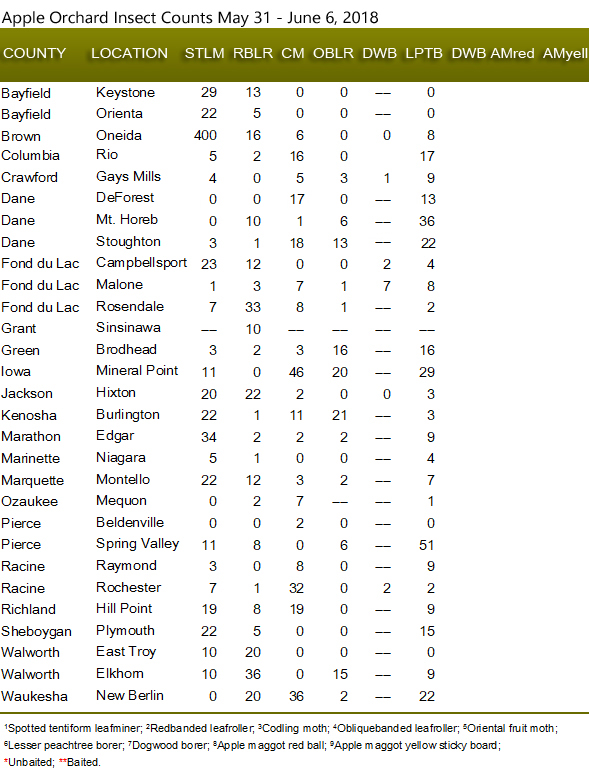
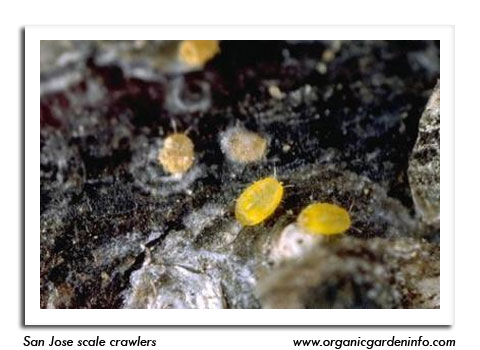

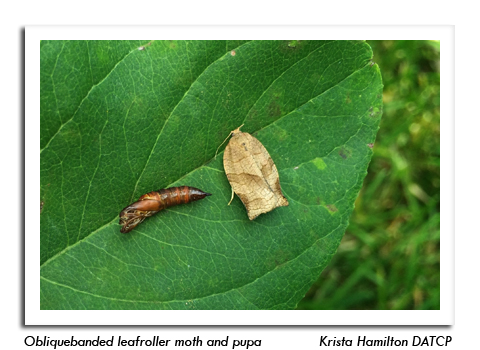
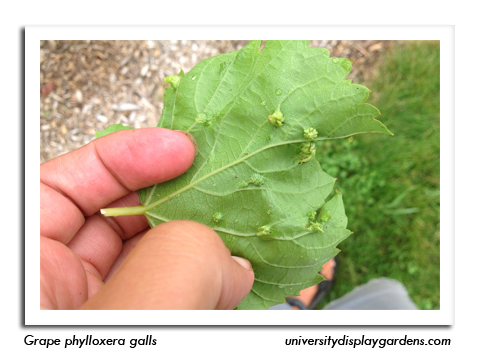
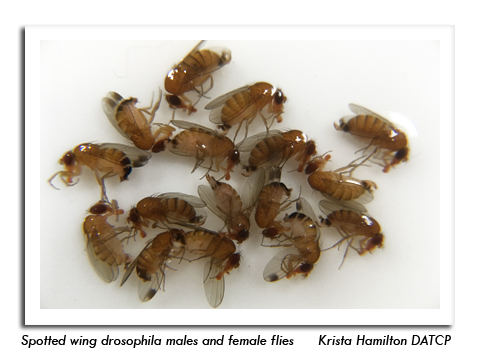
|
|
|